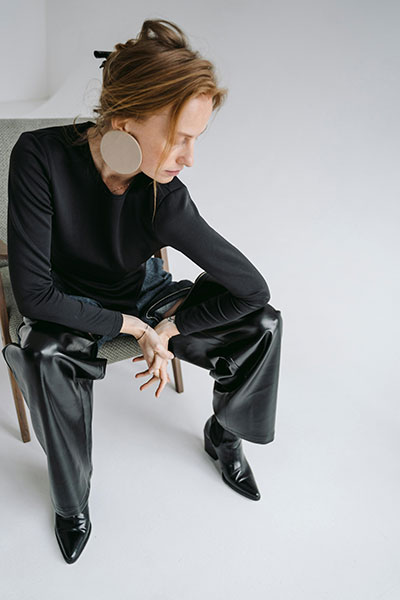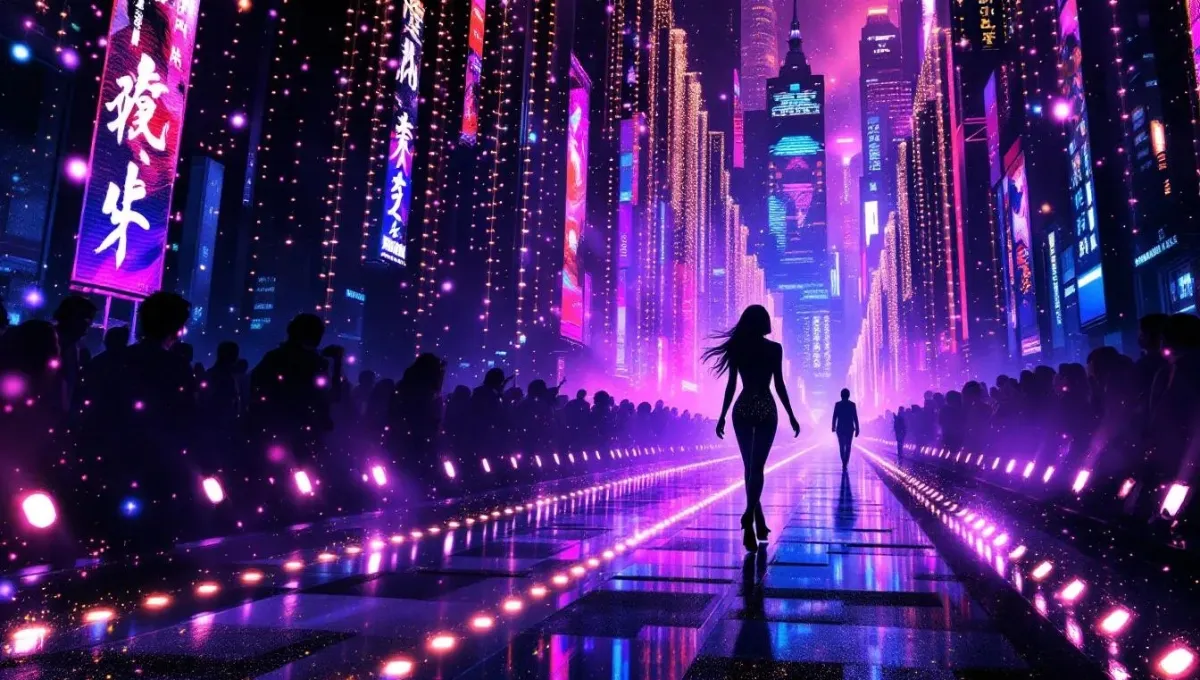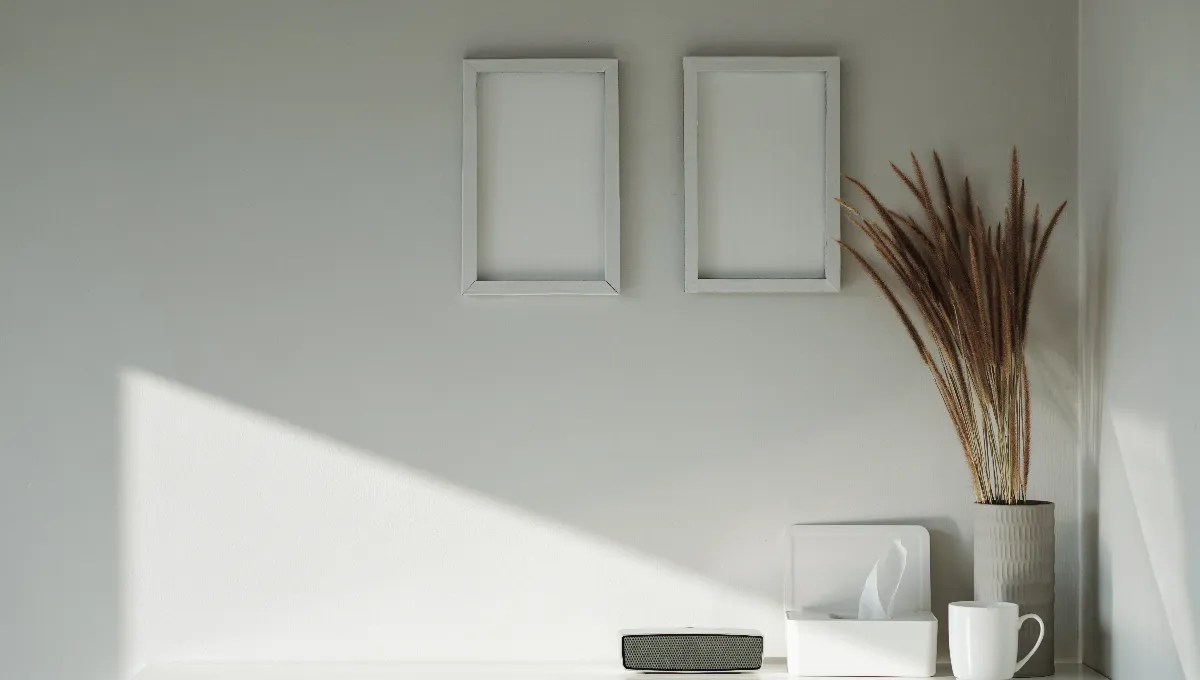It began as chaos.
Back in 2005, YouTube was a jumble of shaky camera footage, weird humor, and accidental stars. A place where the line between genius and nonsense was blurry, and no one — not even its founders — could predict what it would become.
Twenty years later, YouTube is not only the world’s largest stage. It’s the cultural bloodstream of the planet.
Every era has its defining medium. The printing press gave us literacy, radio gave us voice, television gave us the image — and YouTube gave us ourselves.
It is not simply a video platform; it is the world’s mirror, endlessly reflecting, amplifying, and monetizing human creativity.
And in doing so, it has consumed television, reshaping not just how we watch, but why we watch.
The Moment Television Died
Television used to be an event. Families gathered. Networks ruled. The schedule dictated our time. But something shifted quietly.
As cable fractured and streaming multiplied, the internet found a new rhythm — on-demand, personalized, global.
YouTube understood that rhythm before anyone else.
In 2025, television is still here, but its heartbeat is faint.
Every second, more than 500 hours of new content flood YouTube. Its reach spans over two billion active users.
That’s not an audience — that’s a civilization.
And at its helm stands Neal Mohan, the platform’s CEO, who doesn’t talk about programs or channels. He talks about ecosystems. His $100 billion vision is built on creators, advertisers, musicians, educators, gamers, and fans — all connected by one algorithmic pulse.
When YouTube broadcasts an NFL game, it isn’t borrowing from television’s playbook. It’s writing a new one.
The Age of Participation
What makes YouTube’s dominance so profound isn’t technology — it’s transformation.
Television was a one-way conversation. YouTube is a living dialogue.
It gave everyone a voice, and in the process, redefined the concept of fame.
An entire generation doesn’t dream of Hollywood anymore. They dream of subscribers.
The new icons are MrBeast, Emma Chamberlain, Marques Brownlee, Lilly Singh — people who built empires from bedrooms, fueled by connection instead of contracts.
Their authenticity became the currency of the digital age.
And this shift runs deep. YouTube blurred the borders between media and identity, performance and reality.
It became a space where you don’t just consume content — you participate in culture.
Every like, every comment, every upload is a small declaration of existence.
For billions, YouTube is not escapism. It’s a place to belong.
The Algorithmic Era
Yet beneath the creativity lies machinery.
YouTube’s algorithm — the invisible editor of modern culture — decides who rises and who disappears.
It learns faster than any producer, curates faster than any editor, and recommends with almost psychic precision.
That’s the paradox of YouTube: it empowers the individual while orchestrating a collective.
It celebrates independence, but its pulse is entirely data-driven.
It rewards authenticity, yet shapes it through optimization and metrics.
This duality is what makes YouTube both human and mechanical, emotional and engineered.
It’s not television reborn — it’s something stranger: a living, learning organism of culture.
A $100 Billion Ecosystem
YouTube’s global economy rivals small nations.
More than 80 million creators earn revenue through ads, memberships, or sponsorships.
Entire industries — music, gaming, education, beauty, fitness, comedy — now orbit its gravitational pull.
When a new creator goes viral, they don’t just gain followers. They launch businesses, movements, and identities.
For advertisers, YouTube isn’t a platform. It’s an infrastructure — one that merges entertainment, influence, and commerce in ways television never could.
And while traditional broadcasters fight for survival, YouTube thrives in diversity — of voices, languages, and forms.
It’s not one channel. It’s every channel, existing all at once.
The Cultural Consequence
With great reach comes quiet power.
YouTube shapes not only what we watch, but how we think, what we value, and who we trust.
It elevates voices that once would have been silenced, but also spreads misinformation faster than any newsroom could correct it.
It teaches, entertains, radicalizes, and comforts — sometimes in the same feed.
But whether it enlightens or overwhelms, it remains the pulse of modern identity.
For Gen Z and Alpha, YouTube is school, theater, news, diary, and confession booth — all in one endless scroll.
Television told us who we were.
YouTube tells us who we want to be.
A New Kind of Culture
The line between creator and consumer has dissolved.
A musician uploads a demo, and within hours, it becomes a global soundtrack.
A teacher records a tutorial, and it educates a continent.
A fan edits a trailer, and it redefines a franchise.
The most remarkable truth about YouTube’s rise is not its size, but its intimacy.
It feels personal because it is personal — yet it connects billions.
It is both a reflection and a projection: the world, filtered through human imagination.
So when we say “YouTube ate TV,” we’re not describing competition.
We’re describing evolution.
The television era ended not with a blackout, but with a click.
And now, as YouTube enters its third decade, it stands as the most powerful storyteller humanity has ever built — one video, one algorithm, one heartbeat at a time.

Grace Whitmore is a beauty and lifestyle editor at Nestification, exploring the intersection of modern femininity, quiet luxury, and emotional design. Her work focuses on how aesthetics, mindfulness, and self-expression shape today’s idea of calm confidence — where beauty becomes a state of mind.
Based in New York · [email protected]















